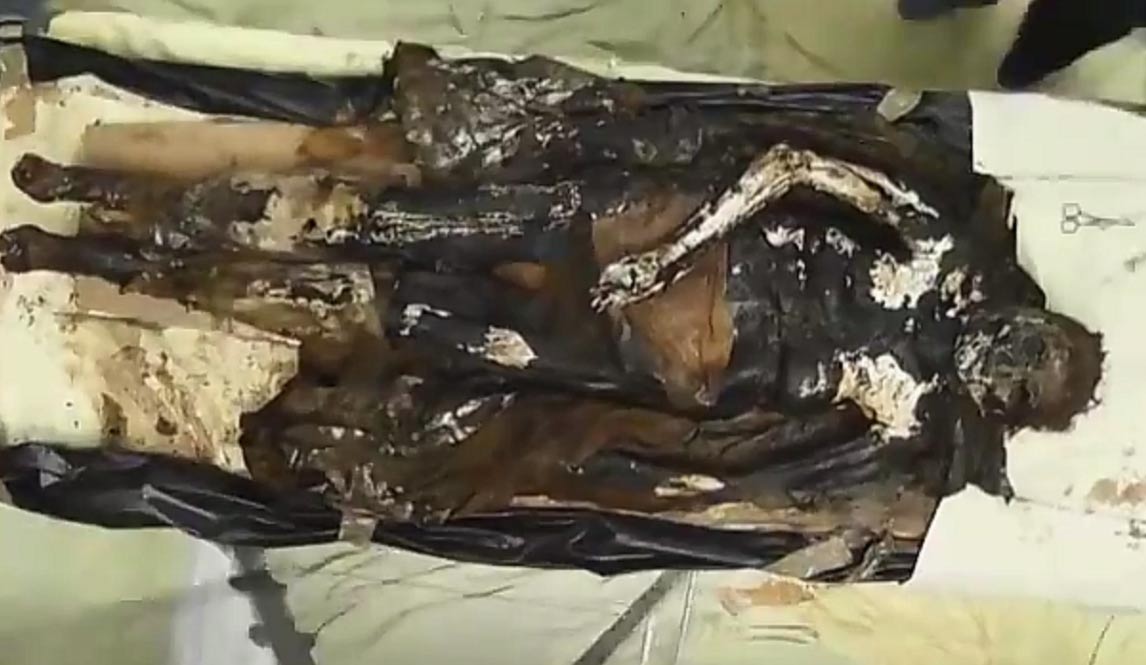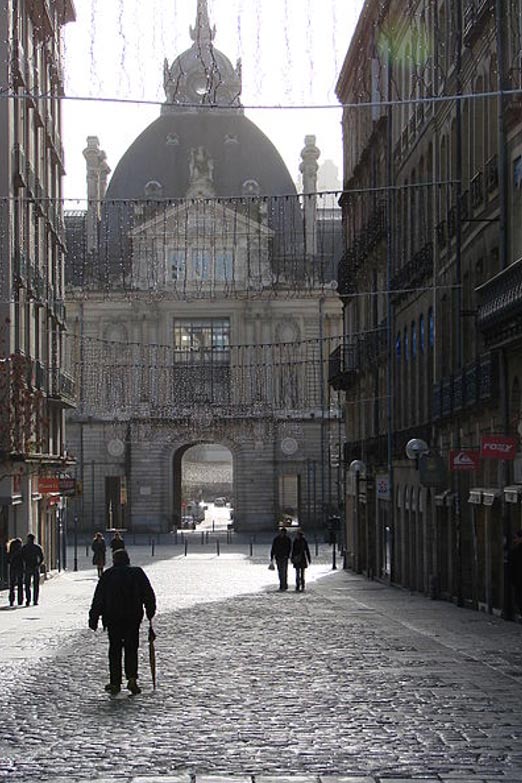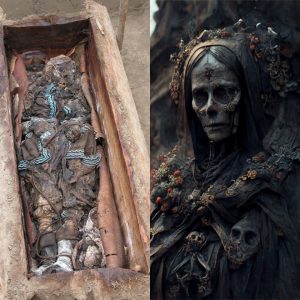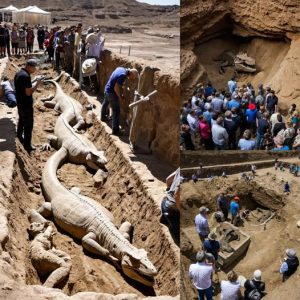The well-preserved and fully clothed body of a French noblewoman, thought to be Louise de Quengo, has been discovered among 800 other graves in the city of Rennes in Brittany, North West France.
Einstein failed to solve the Universe. Here’s what it would take to succeed. | Michio Kaku

The lead coffin was hermetically sealed and placed in a stone tomb in the chapel of St Joseph Convent. The woman died 350 years ago, but her clothes, including her cap and shoes, have been remarkably well preserved. Archaeologists from the French National Institute for Preventative Archaeological Research have identified her as Louise de Quengo, an aristocrat from Brittany, on the basis that the body of her husband, Toussaint de Perrein, was discovered nearby and that a reliquary buried with her contained de Perrein’s heart. There were also inscriptions carved on the reliquary itself.
It was often the convention to give away the organs of the deceased to their relatives or to a religious house. Louise de Quengo probably went to live at the convent upon the death of her husband and subsequently chose to be buried with the heart of her husband upon her own death.
The tomb was the fifth coffin in the convent’s graveyard to be opened by the archaeologists, who were expecting to see nothing but bones and dust. None of the other remains uncovered by the team have been so well preserved.
“We saw right away that there was a lot of volume, fabric, shoes” Rozenn Colleter told the website Phys Org. However, beneath the dusty clothes, the archaeologists could see the shape of her hands holding a crucifix.
De Quengo was a Lady of Brefeillac who died in 1656. She was in her 60’s at the time of her death. However, once the coffin had been opened, the team had to move swiftly, since exposure to air sets off the decomposition process. The archaeologists conducted a post-mortem examination during which they discovered she had suffered from kidney stones and lung adhesions. Radiologist and medical examiner Fabrice Dedouit also found that her heart had been removed with “real surgical mastery.”
The coffin had been noticed two years earlier, but couldn’t be removed because it was positioned directly beneath one of the convent’s supporting walls. Removal of the tomb at that point would have damaged the building, but the archaeologists were finally able to recover it in March last year.
The city of Rennes is more than 2,000 years old and was originally a Gaulish village named Condate in a region occupied by the Redones tribe. The Romans regarded it as a highly important settlement due to its strategic location, alongside the Via Osismii, a Roman that stretched from Condate Riedonum to Vorgium (modern Carhaix). In the year 275 the Romans fortified the city with a strong wall to protect it from barbarian invasions. In the fifth century it became a bastion against Clovis I and then subsequently the Visigoths.

Rennes is now the present-day capital of Brittany. Lead coffins are known from Roman times when they were reserved for the burials of wealthier citizens, often in towns. The lead helps to preserve the body against corruption.
Saint-Joseph convent was originally constructed in 1369 to mark the victory of Jean IV de Montfort, Duke of Brittany, during the War of the Breton Succession. The work was funded by a local burger but officially opened by Jean IV de Montfort, who had defeated Charles de Blois at the battle of Auray in 1364. A painting of the Madonna and Child called Our Lady of Good News drew pilgrims to the chapel in the 15 th century and in 1491 the 14-year old Anne of Brittany was engaged to King Charles VIII of France two days after he had successfully stormed the city. The convent grounds became a burial site for the next 300 year until 1793 when the French Revolutionary Army began to use it as a barracks and a sports club. The French Army finally sold it back to the City of Rennes in 2002.




